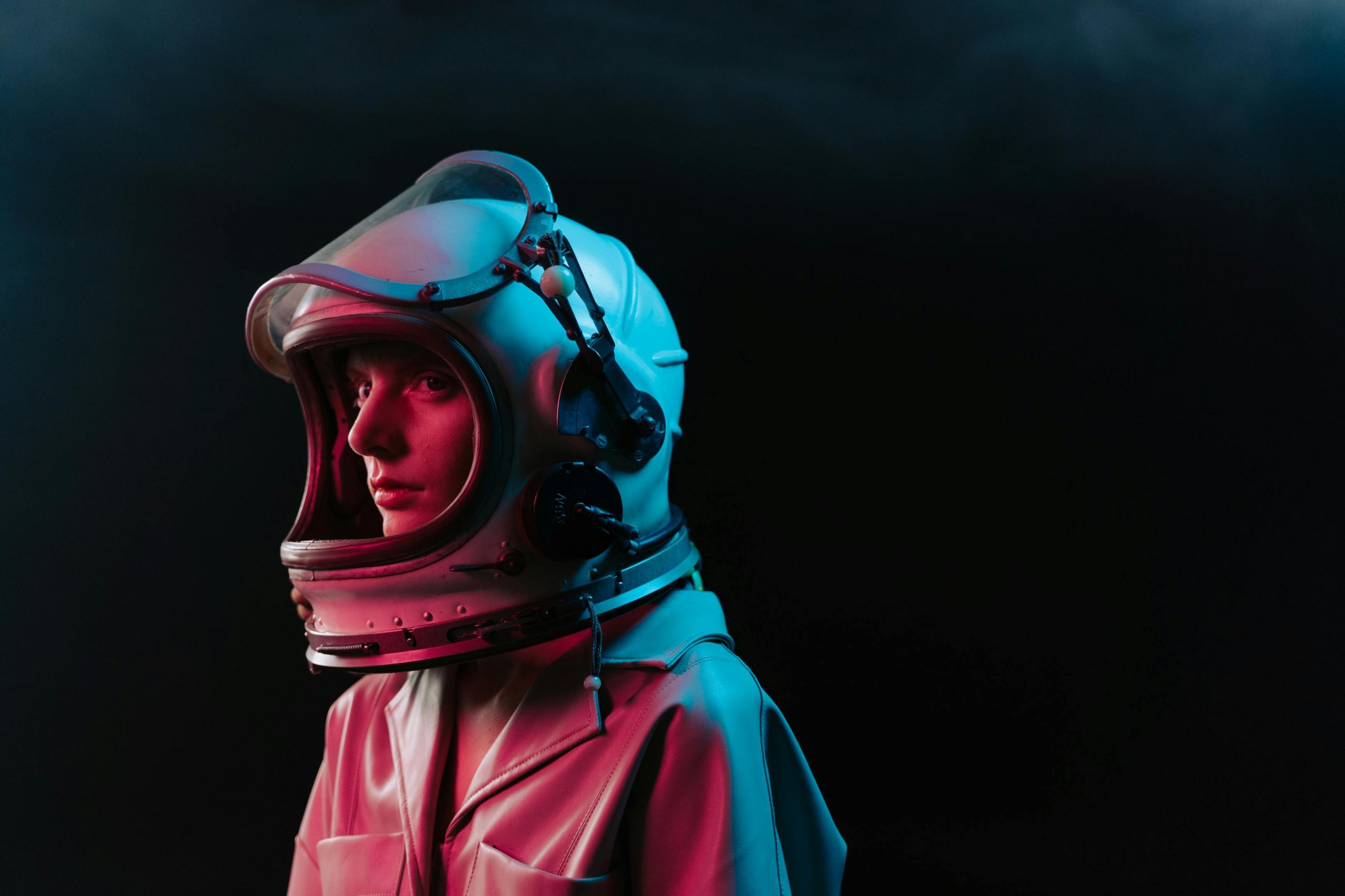
Safety factor — Sierra Space is blowing up stuff to prove inflatable habitats are safe “We are well on our way to having our habitats ready for launch in 2026.
Stephen Clark – Jan 24, 2024 1:25 am UTC Enlarge / Sierra Space’s 300 cubic meter inflatable habitat burst at 77 psi, five times the pressure it would need to handle in space.Sierra Space reader comments 60
Sierra Space says it has demonstrated in a ground test that a full-scale inflatable habitat for a future space station can meet NASA’s recommended safety standards, clearing a technical gate on the road toward building a commercial outpost in low-Earth orbit.
During a December test at NASA’s Marshall Space Flight Center in Alabama, Sierra Space’s 300 cubic meter inflatable structure withstood five times the pressure it would need to handle in space. The so-called ultimate burst pressure test was designed to measure the limits of the soft goods technology Sierra Space is developing alongside ILC Dover, which also built spacesuits for NASA.
The 27-foot-diameter (8.2-meter) inflatable structure burst at 77 psi, exceeding NASA’s recommended safety standard of 60.8 psi, which is four times the module’s real-life operating pressure at 15.2 psi.
Perhaps best known for developing the Dream Chaser spaceplane, Colorado-based Sierra Space also manufactures satellites and is one of several companies in the mix for helping build a new commercial space station to replace the International Space Station.
“We’re ecstatic over the results,” said Shawn Buckley, senior director of engineering and chief technologist for Sierra Space’s EarthSpace Systems division. “Transitioning from our from our sub-scale articles, we’ve done a series of tests to validate our architecture. And being able to go into our first full-scale LIFE (Large Integrated Flexible Environment) burst test, to meet the safety factor by 27 percent, was just an amazing accomplishment by the team.” Advertisement
Sierra Space is partnering with Blue Origin on a commercial space station concept called Orbital Reef. If the companies see it to fruition, Orbital Reef could become a hub for research, manufacturing, tourism, and other applications in low-Earth orbit.
The inflatable technology from Sierra Space is similar to the work performed by Bigelow Aerospace, which pioneered inflatable habitat tech for more than 20 years before laying off its entire workforce in 2020. Buckley worked on Bigelow’s inflatable habitat technology for more than 10 years, then joined Lockheed Martin for two years. In 2022, he took a leadership position overseeing Sierra Space’s space station work.
Bigelow’s design centered on a 330 cubic meter inflatable habitat, while Sierra Space’s design is slightly smaller in volume. Buckley said he couldn’t state definitively whether the LIFE burst test in December was the largest such test of an inflatable habitat design, due to restrictions about what he could say about his previous work at other companies.
I will say that this is the largest full-scale habitat that has been publicly announced in this architecture being tested,” he told Ars in an interview. Page: 1 2 3 Next → reader comments 60 Stephen Clark Stephen Clark is a space reporter at Ars Technica, covering private space companies and the worlds space agencies. Stephen writes about the nexus of technology, science, policy, and business on and off the planet. Advertisement Channel Ars Technica ← Previous story Next story → Related Stories Today on Ars





